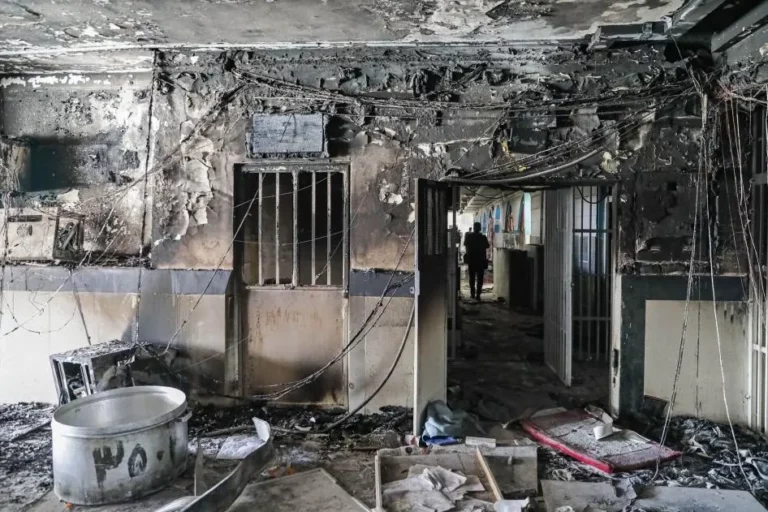 Budget negotiators struck a deal late Friday night that will could make New York the largest state to offer tuition-free public higher education to residents.
Budget negotiators struck a deal late Friday night that will could make New York the largest state to offer tuition-free public higher education to residents.
The $153 billion state budget agreement includes the Excelsior Scholarship, which covers tuition for any New Yorker accepted to one of the state’s community colleges or four-year universities, provided their family earns less than $125,000 a year.
Proposed by Gov. Andrew Cuomo in January, the scholarship taps into one of the Democratic Party’s most popular ideas and advances a bipartisan movement to lower the cost of college that is taking shape across the country.
“Today, college is what high school was – it should always be an option even if you can’t afford it,” Cuomo said, in a statement Saturday. “With this program, every child will have the opportunity that education provides.”
The scholarship program will be phased in over three years, beginning for New Yorkers making up to $100,000 annually in the fall of 2017, increasing to $110,000 in 2018, and reaching $125,000 in 2019. Nearly 1 million families will qualify for the scholarship.
It is a last-dollar program, meaning the state would cover any tuition left over after factoring in federal Pell Grants and New York’s Tuition Assistance Program. Students must be enrolled in college full time and take at least 30 course credits a year, though those facing hardships can pause and restart the program or take fewer credits.
Not much changed from the initial proposal, including the $163 million estimated cost for the first year of the program, though there were some concessions to win over lawmakers. Award recipients attending community college now have to remain in New York for two years after graduation, while those at state universities must stay for four years. Private universities, whose leaders said the plan would undermine their schools, will see an increase in state tuition assistance funding.
The New York General Assembly will vote on the budget Saturday, with the State Senate slated to do the same in the coming days, according to Cuomo’s office. All told, the budget includes $7.5 billion in support for higher education, a 6.3 percent increase in funding over the prior year.
In-state tuition at community colleges in New York pencils in at $4,350, while tuition at State University of New York schools is $6,470 for residents. The City University of New York schools cost about the same as their state counterparts. Both state and city university systems were granted permission to raise their tuitions by $200 in the budget agreement.
States across the country and across the political spectrum are paying greater attention to college costs as more local employers demand some form of postsecondary education. There are at least 85 initiatives at the municipal and state level aiming to cover the cost of tuition at community colleges, according to the Upjohn Institute. Tennessee, Oregon and Minnesota have free community-college programs, with Tennessee’s model lauded as a viable path for reducing higher-education costs.
Momentum for debt-free college has been building for years, but Sen. Bernie Sanders, I-Vt., and Hillary Clinton elevated the issue of college affordability with campaign proposals to make public higher education free for the vast majority of American families.
Sanders, who in January helped Cuomo unveil the scholarship at LaGuardia Community College in Queens, introduced legislation in the senate last week to make public colleges and universities tuition-free for families earning less than $125,000 as well. The senator from Vermont said he intends to forge ahead with the plan, while proponents rally behind states to continue the fight.
(c) 2017, The Washington Post · Danielle Douglas-Gabriel











2 Responses
Until the mid-20th century, New York offered free tuition at all public universities, both upstate (what is now the State University system) and downstate(what is now the City University system). However they were quite selective. Also, in New York, the best schools to go to if you want to impress employers are all private (something not the case in most states, especially in the western states). At no point were free public schools ever superior to places such as Columbia or Cornell, meaning you “got what you paid for.”
These programs all have worthy objectives but the initial cost estimate always turn out to be way too low and and the taxpayers get stuck with the tab. They also tend to expand and before you know it, the income cap will rise and the eligible residents will include out of state students who move to new York, undocumented immigrants,etc.